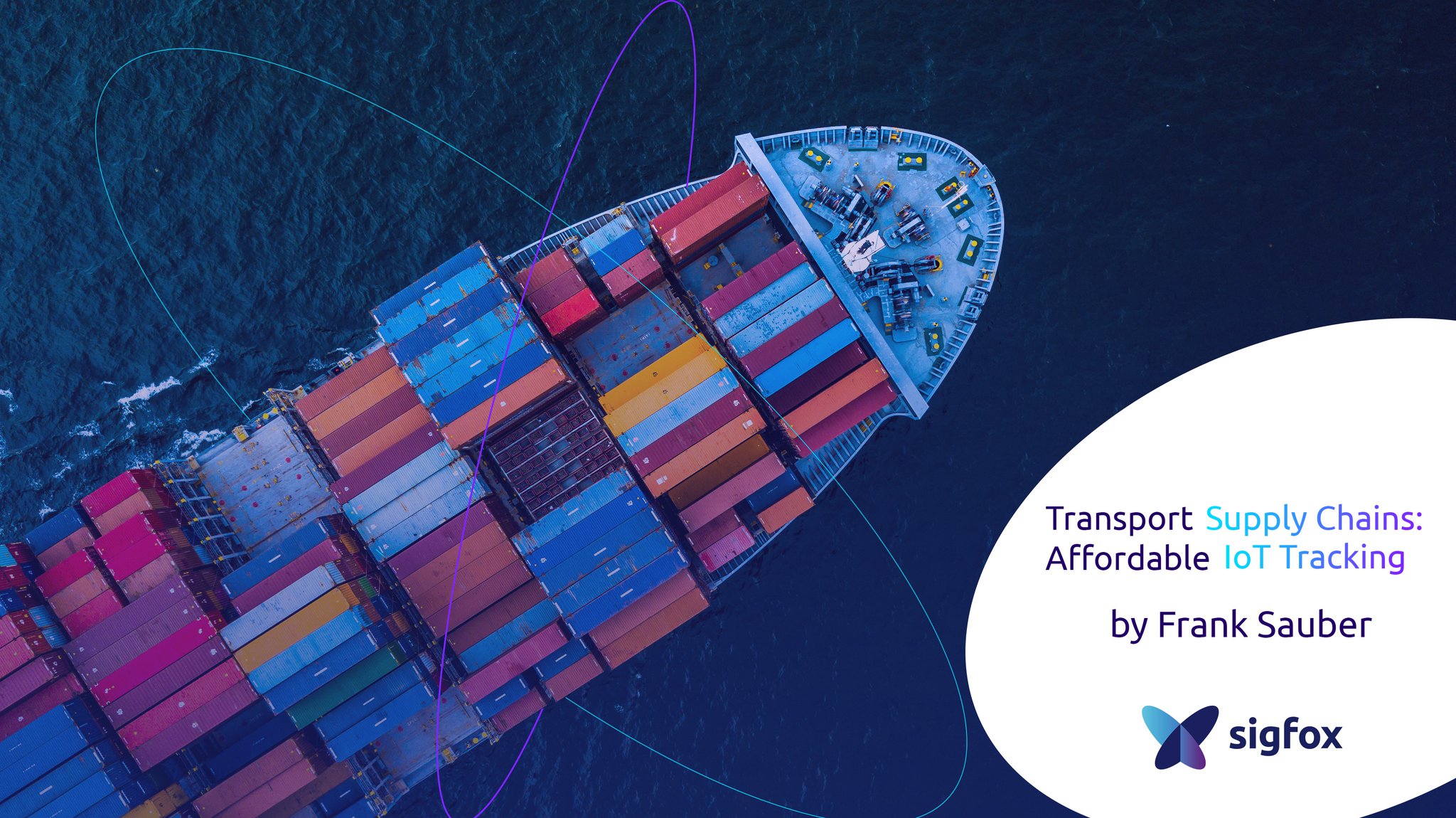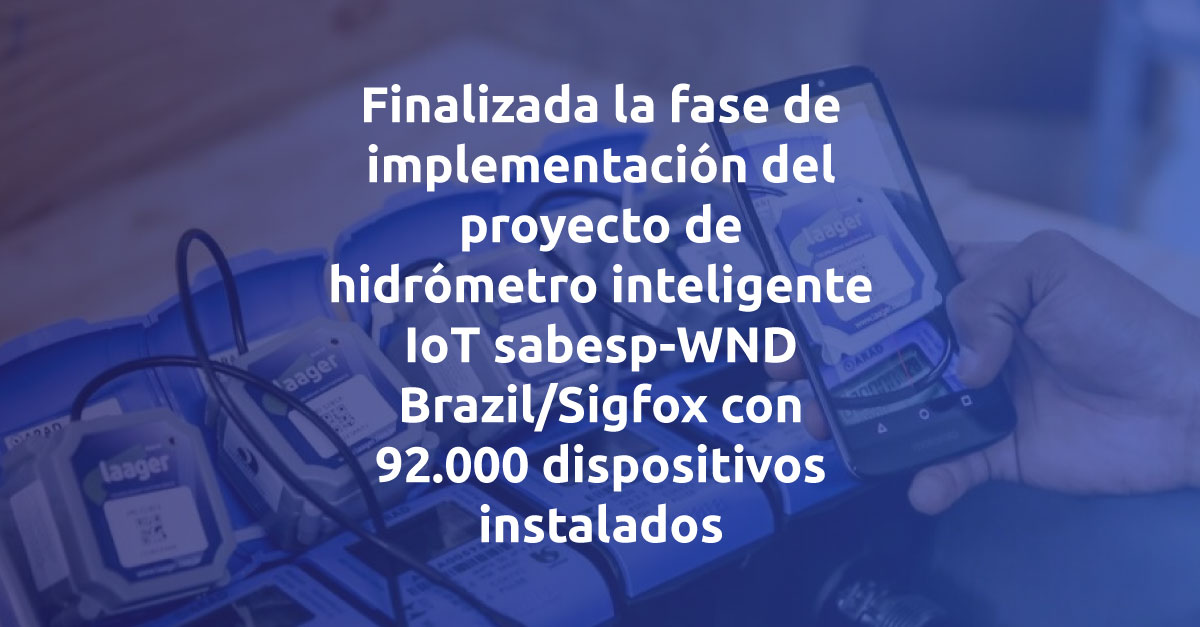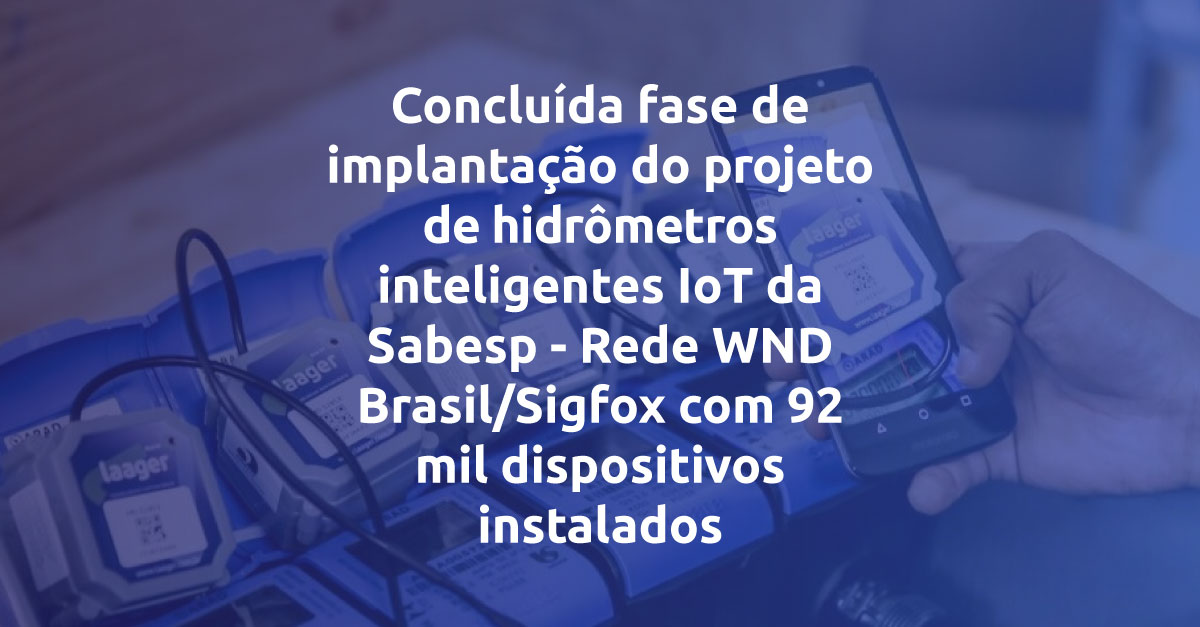by Frank Sauber
“The world is entering a new era in logistics; one where it is possible to oversee the complete supply chain in real time by IoT tracking containers, pallets, trailers, and trucks anywhere, anytime, cheaply and using little energy.
The supply chain is complex and involves many actors, in cluding subcontractors and transportation companies, – making it difficult to have an end-to-end view. Supply chain managers can be almost blind on some parts of the physical flows, which creates instability, reduces planning accuracy and agility, and increases lead times. Business success is rooted in supply chain visibility. However, achieving that presents a real challenge, because there are so many actors and factors that can cause bottlenecks and delays.
Across all industries, however, digital technologies are fundamentally changing how logistics works. The Internet of Things (IoT), cloud computing, and especially geolocation technologies are dramatically boosting the transparency of supply chain operations – for suppliers, manufacturers, and end customers.

Smart logistics make it possible for companies to constantly evaluate and optimize their supply chains. With a system that’s drawing on a wealth of data from many connected devices, companies can now expect instant visibility of warehouse delays and routes taken, helping them to address supply chain inefficiencies or even eradicate them altogether.
Next-generation IoT Tracking
IoT is transforming logistics and supply chain management. Cisco and DHL estimate that IoT technologies like asset tracking solutions could create $1.9 trillion in economic value for the global supply chain and logistics sector. Innovation is happening at the level of sensors attached to goods and assets as well as at the networks level, capturing and transferring data all the way from the production line to the point of final delivery.
Logistics companies can now choose from a wealth of technology options. Right now, they may be using RFID or Bluetooth technologies to monitor goods in the warehouse, but what happens once the goods exit past the gate? Trucks might have GPS, but the trailer sitting in a parking lot probably doesn’t. Cellular technology could be used to track a container cross-continent, but it may run out of battery.
Although geolocation technologies have been around for years, their spread has been limited – mainly because network services lack worldwide coverage, global reach, and a low total cost of ownership (TCO). Today, change is being driven by new geolocation solutions that use network services based on low-power wide-area (LPWA) networks. Global IoT services provider Sigfox is one such network bringing down the cost and energy consumption required to securely connect IoT trackers and sensors to the cloud. The network currently spans 50 countries and will cover more than 60 by the end of 2018.
Thanks to Sigfox’s radio technology and disruptive network architecture, long-battery-life IoT tracking devices and low-TCO solutions are now available on the market, with global network coverage able to meet international business needs. Ideally suited for small amounts of data, such as geolocation information, Sigfox’s IoT network is currently being used across supply and production chains, logistics, and shipping and packaging.
Sigfox is unique in the LPWA landscape in that all its base stations catching radio signals sent by objects are part of the same network. That means that moving containers, pallets, RTI, ULD, and trailers equipped with IoT trackers can transmit their data all over the world – a real game changer when compared to existing GSM-based solutions.
Geolocation solutions are coming fast
There are many ways to locate an asset and the right combination of technologies will depend on each organization’s requirements. GPS is available to companies that require very precise location details – mainly for outdoor purposes – using the low cost and low power advantages of LPWAN technologies to transmit the geolocation data captured by GPS trackers. GPS, however, is usually a more power-hungry feature.
Another option is to use LPWA network data. By leveraging the received signal strength indicator (RSSI) coming from the messages sent by the tracking device and received by the network infrastructure, it’s possible to locate any asset. Such a networkbased location solution enables the geolocation application to operate with very low cost and low energy location devices – equipped with just a Sigfox module. This method provides a kilometer-level tracking accuracy of between 1 km and 10 km.
When even greater accuracy is needed and for urban, indoor environments, surrounding Wi-Fi signals can be intercepted to obtain their location, and then by querying worldwide databases, MAC addresses sent to the cloud by the trackers via the Sigfox network can be translated into geographical positions. This technology is leveraging the global footprint of the Wi-Fi infrastructure, which has both indoor and outdoor coverage and a high density in urban areas.
Smart logistics tracking
Intercontinental flows like sea freight with long lead times, production flows involving external players like suppliers or subcontractors, and equipment monitoring like reusable packaging are all blind flows that can benefit from using geolocation technologies in this way. There are huge advantages associated with more accurate asset tracking. Improvements to service levels for clients might include a reduction in lead times because detecting containers unloading at the arrival port helps to accelerate logistics operations at its destination. Likewise, alerts about delays can help trigger corrective actions to better manage priorities between clients and improve supply chain planning. Any company can benefit from increased visibility around its supply chain. Among the early adopters of IoT geolocation and IoT tracking solutions is Michelin, the global tire manufacturer, which tracks its intercontinental sea-freight containers in real time. By providing freighters with a geolocation service with which to monitor its containers from the initial warehouse to the final point of delivery, Michelin has been able to improve its operational value by reducing lead time, providing alerts about delays, and ensuring appropriate transport conditions.

Using this IoT solution has enabled Michelin to decrease transit stocks by 10 percent, increase estimated time of arrival (ETA) accuracy by 40 percent and reduce out of stock (OOS) situations due to exceptional causes, such as bad weather, by a factor of 4. Other companies, including Airbus and Total, are now following suit, working with Sigfox and its ecosystem of partners to deploy global geolocation solutions, in order to improve logistics flow and track freight, optimize rolling stock, and help manage trailer fleets.
The global supply chain IoT tracking devices don’t need to send huge amounts of data and can run seamlessly on simple networks. The success of the connected supply chain of the future will, therefore, rely on the solution, as well as the network it connects to, and their ability to meet key supply chain requirements such as compatibility with multiple transport modes, stakeholders, and destinations. Having a worldwide footprint, a global reach for data, and a business-consistent TCO will also be critical factor.”
Source: Smart Industry



